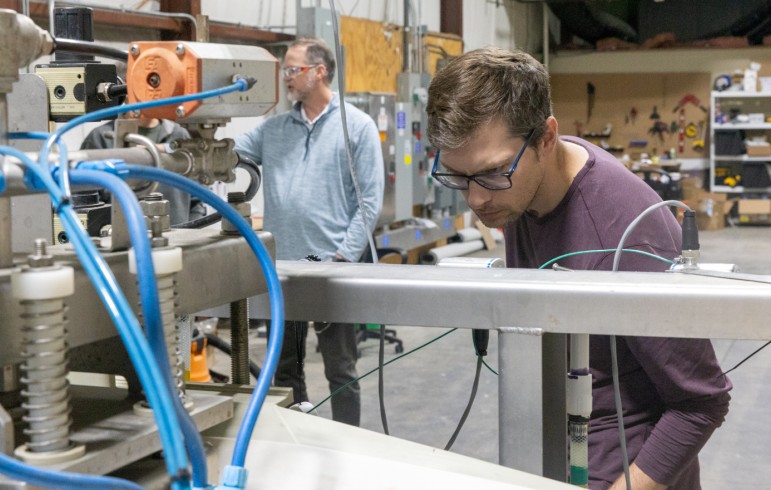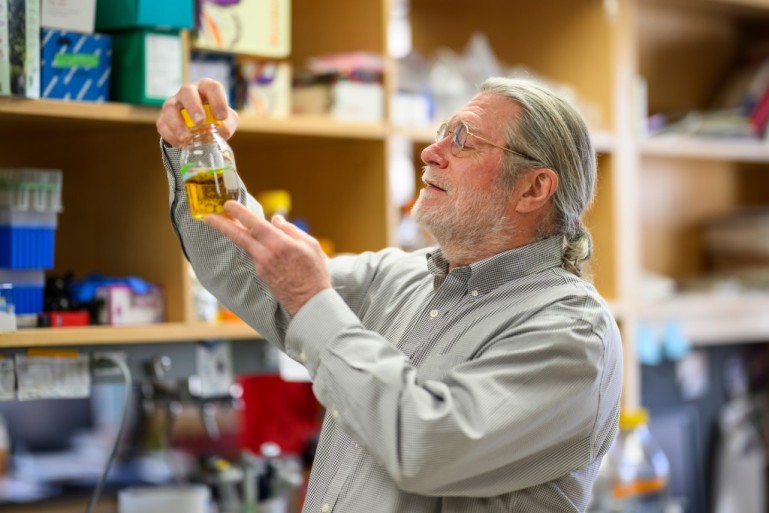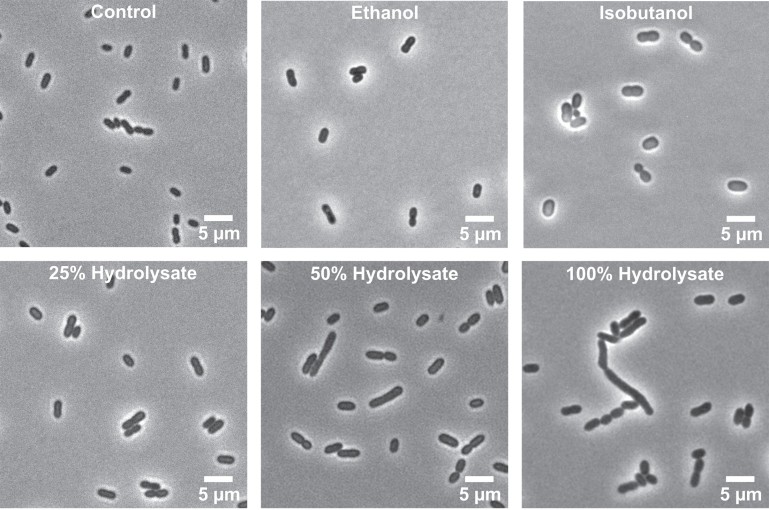Using a new class of nanomaterials, a University of Wisconsin–Madison inventor is working to capture energy from the sun much as nature intended—with trees in a forest.
Any effort to become more energy-efficient begins with assessing the baseline: the current carbon footprint of a home, building, or entire company.
A group of University of Wisconsin–Madison engineers and a collaborator from China have developed a nanogenerator that harvests energy from a car’s rolling tire friction.
A new faculty member at the University of Wisconsin–Madison, Marianne Fairbanks is bringing decades of experience with dyes, fibers and design to the development of a technology she’s been dreaming of for years: the solar textile.
University of Wisconsin-Madison engineers have developed a new approach to structuring the catalysts used in essential reactions in the chemical and energy fields. The advance offers a pathway for industries to wean themselves off of platinum, one of the scarcest metals in the earth's crust.
In the quest for better, less expensive ways to store and use energy, platinum and other precious metals play an important role. They serve as catalysts to propel the most efficient fuel cells, but they are costly and rare.
University of Wisconsin-Madison engineers have created a nanoscale device that can emit light as powerfully as an object 10,000 times its size. It's an advance that could have huge implications for everything from photography to solar power.



